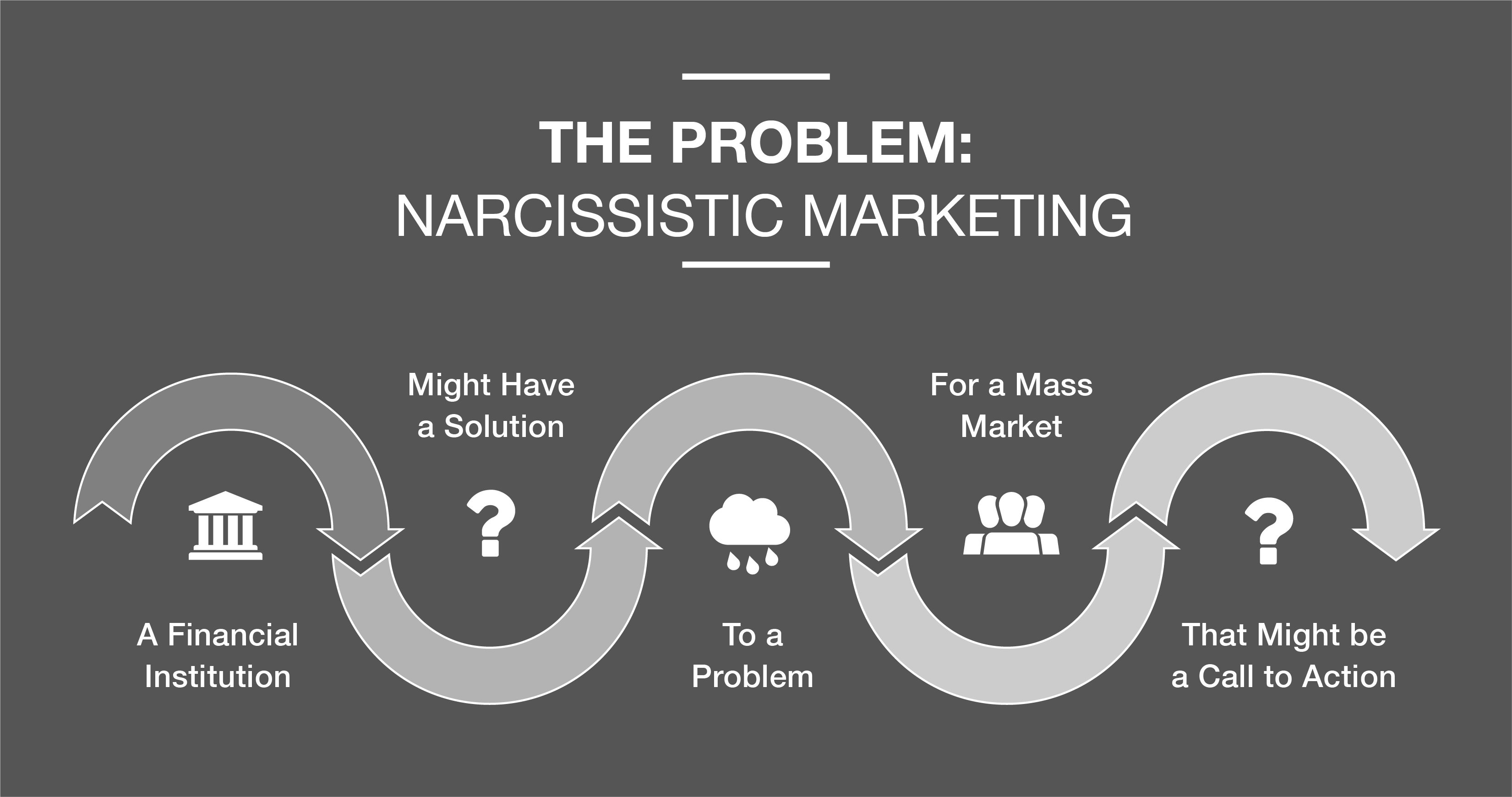See if you can spot the difference between these two commercials.
In the 1980s, there was a famous Duracell commercial featuring toy bunnies banging on cymbals. Gradually, all the bunnies ran out of batteries… except for one.
The tagline at the end was: “Duracell lasts longer.” The message? Duracell batteries are better.
Then in 2014, Duracell launched a new commercial featuring Derrick Coleman, the first legally deaf offensive player in the NFL, who played for the Seattle Seahawks at the time.
Coleman shares how he was counted out after not being selected in the NFL Draft.
“They told me it was over,” Coleman says. “But I’ve been deaf since I was three, so I did not listen. And now I’m here, with a lot of fans in the NFL cheering me on, and I can hear them all.”
End scene. The tagline this time? “Trust the power within.”
These two commercials told vastly different stories. In the first, Duracell is the focus—the hero of the story. In the second, the consumer—Coleman—is the hero. Duracell is merely the guide, the party who helped Coleman achieve his dreams by powering his hearing aids.
Stories are a powerful tool to connect on an emotional level with your consumers, helping you to build trust and relationships that ultimately lead to more sales. But to utilize story marketing to its full effect, you must make this same shift Duracell did: moving past the narcissistic marketing model and embracing your role as helpful guide, not hero.
The Narcissistic Marketing Model
From a marketing communication standpoint, financial brand stories have not changed over the years. For the majority of banks and credit unions, the “story” can be distilled into three things:
- Promoting great rates
- Announcing amazing service
- Communicating commoditized laundry lists of look-alike product features

This is not only a bad story—it’s no story at all! It’s just a collection of facts. There’s more to financial brands than that, right? Of course there is. The problem is that when brands find their stories and begin to articulate them, they cast themselves as the hero.
This is what I call the narcissistic marketing model. Because they are the ones who solve the problem and save the day, financial brands are the heroes. Consumers don’t see it that way, though. In every story, there’s room for only one hero. And the hero isn’t the brand.
In the eyes of the consumer, they are the hero in this story.
People aren’t looking for a hero to come save them, and this is especially true when it comes to financial services. They’re looking for something greater, something deeper: they’re looking for a helpful guide that allows them to be the hero of their own story.
Become the Helpful Guide
Think about the hero’s journey. When the hero runs into a problem, what happens? They meet a helpful and empathetic guide who offers them a plan that provides clarity and builds the hero’s courage. The hero takes action with confidence, and thanks to the guide, they succeed.
Without the guide, there can be no hero, and without the hero, there can be no story.
- Without Obi-Wan, there’s no Luke and no Star Wars.
- Without Mr. Miyagi, there’s no Daniel-san and no Karate Kid.
- Without Gandalf, there’s no Frodo and no The Lord of the Rings.
The guide in Coleman’s journey was a battery that powered him, l helping to build his courage so Coleman could commit to taking action with confidence, which resulted in him achieving his dream of playing in the NFL. Duracell, the guide, was important—but they weren’t the hero.
The guide’s primary role in any story is to empathetically connect with, empower, and elevate the hero on their journey. Your financial brand can no longer position itself as the hero within its marketing and sales communication. You must commit to position your financial brand as the helpful and empathetic guide, elevating the consumer to success as the hero.
Telling a Better Story
When it comes down to it, humans respond to stories, not just intellectually but also emotionally. Stories capture our attention and inspire us to action. But for stories to work as a marketing tool, consumers must be able to relate to the subject of the story—the hero.
In truth, consumers don’t want to hear about how great you are. They want to hear how you are going to make their lives better.
So it’s time to step outside of yourself and let go of your ego. You’re not the hero. Embrace your role as the helpful, empathetic guide, providing the tools needed for the true hero—the consumer—to succeed. That’s how you tell a better story.
This article was originally published on July 13, 2020. All content © 2024 by Digital Growth Institute and may not be reproduced by any means without permission.





